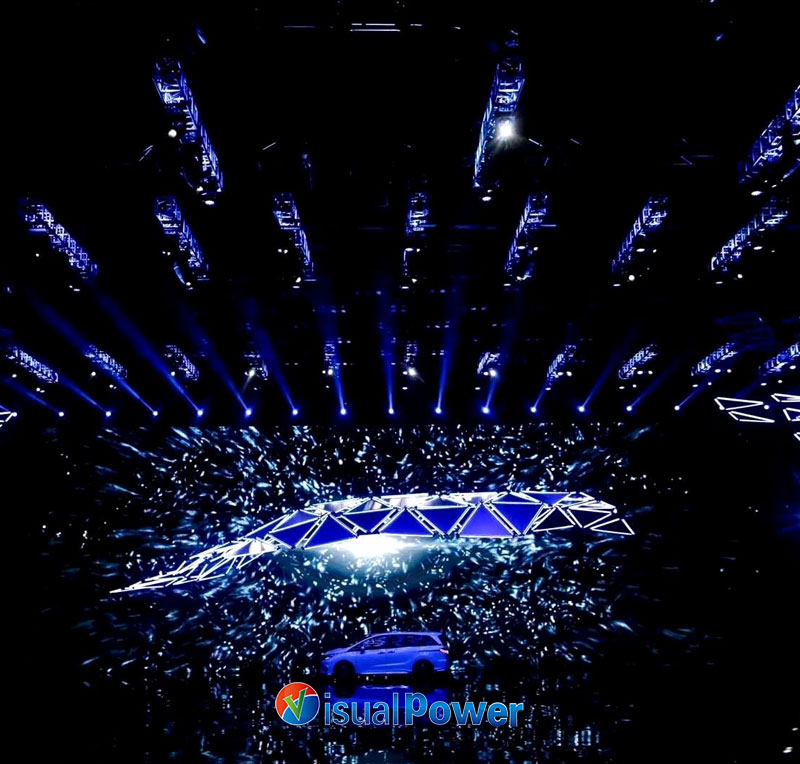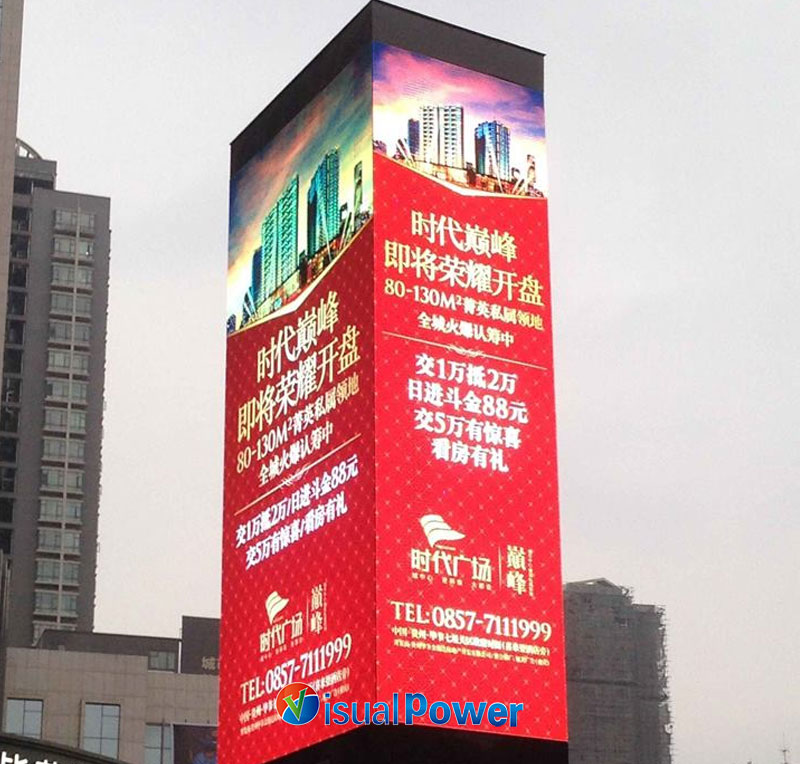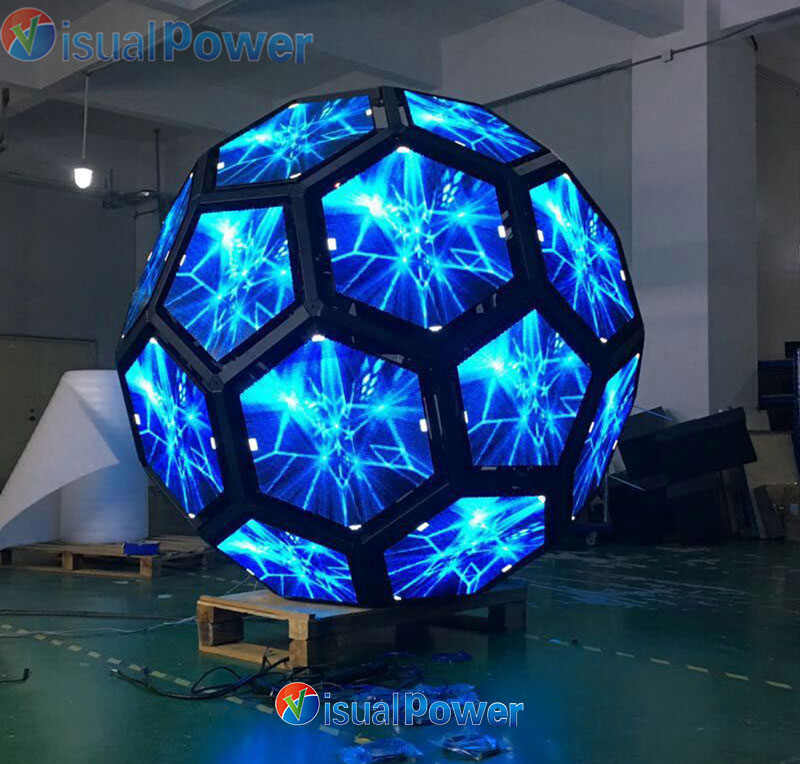Categories
- News (77)
- case study (6)
After years of working in spatial media design, I have gradually realized a problem: not all information is suitable for placement on rectangular screens. Call it a designer’s obsession if you will, but more and more on-site cases are telling me that “form” is no longer just an afterthought. Especially in today’s world where the boundary between technology and art is becoming increasingly blurred, we need a medium that breaks the visual mold. And the special-shaped LED display screen precisely offers a suitable solution.

First, there’s the issue of spatial limitations. Traditional display screens are often restricted by conditions such as structure, installation surface and viewing angle, and can only be neatly arranged in specific positions. Creative LED screens, on the other hand, offer more options for irregular spaces. For example, in museums, the irregular structures of the ceiling, the curved walls at the bottom of the staircase, and even the columns — which were once considered unfit for displays — have now become visual focuses.
Secondly, it is the expression of information. We cannot deny a fact: users’ attention span is getting shorter and shorter, and its distribution is becoming more and more scattered. If information is conveyed only in a single and standardized way, it is very likely to be overlooked. The special-shaped LEDs precisely create an effect of “breaking the rules” at first glance. This visual difference becomes a visual trigger that draws attention instantly.
One of the projects I participated in was to design an experience space for a technology brand. The client hopes to break away from the conventional exhibition layout of “display boards + circular videos”, so that people are attracted the moment they enter the space.
We used a ceiling composed of hexagonal LED modules. The content was not regular videos but dynamic graphics rearranged according to the hexagonal structure. All the lights, sound effects and images are coordinated and synchronized. The ultimate effect is no longer “looking at a screen”, but “being immersed in an installation”.
This type of LED presentation method based on spatial construction is increasingly appearing in shopping malls, exhibition halls, theaters, museums and even brand flash MOBS. It’s not just for the wow factor — it’s because this medium structure itself is part of the content.

It is worth mentioning that not all shapes of LEDs can be “easily achieved”. It requires a high degree of matching of structure, modules, circuits and control systems behind it.
Technology platforms like Visualpower have already formed a complete solution in this regard. They are not “selling screens”, but rather offering a systematic “combination capability”: detailed models for the splicing schemes of polygons, stars, waves and even solid geometers are available, and they can anticipate potential issues like signal integrity, thermal management, and maintenance safety.
Some of the projects I was involved in initially used these combined models as conception tools. It not only solves “how to do it”, but also inspires “what can be done”.
This might be a more complex issue than “whether it can be done or not”.
In the past, content creators were accustomed to designing videos in 16:9, 4:3 or square aspect ratios. However, on special-shaped LEDs, all of this has to be done all over again. Creators must rethink the path of visual flow, logical rhythm, distribution of primary and secondary elements, and even the logic of the content itself.
In my view, this is actually a transformation in the way content is produced: from crafting visuals to curating spatial experiences. In the future, more “space directors” may be needed in creative teams — they understand both the rhythm of the content and the structure of the media.

From a design perspective, special-shaped LEDs are not an “upgrade” but a “shift”.
It makes vision no longer merely decorative or auxiliary, but an integral part of the space itself. This not only poses new requirements for creativity, but also presents new challenges to the collaboration models of engineering, construction and content production teams.
But amid the challenges, I also saw hope. Because every process of breaking through form is an evolution of the true integration of content and technology. And this is precisely what we have been expecting to happen in this industry.